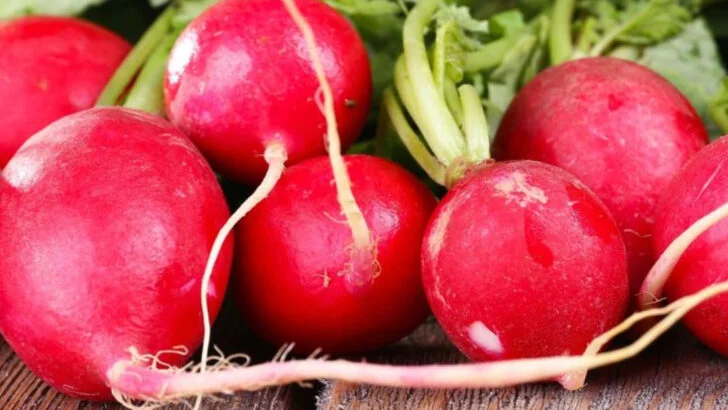Not every vegetable in the garden needs round-the-clock care. Some crops are surprisingly low-maintenance, content to thrive with minimal fuss, perfect for busy folks, forgetful waterers, or anyone who prefers to keep things simple. Others, though, are a bit more high-maintenance, demanding regular attention to stay healthy and productive. Knowing the difference can save a lot of time, stress, and disappointment.
This list separates the easy-going growers from the needier types. If you’ve ever come back from a weekend away and found one plant thriving while another wilted beyond repair, you’ll get the value of picking your crops wisely. From hardy survivors to delicate divas, here’s a look at which vegetables can handle a bit of neglect and which ones will quickly let you know when you’ve skipped a step.
Zucchini
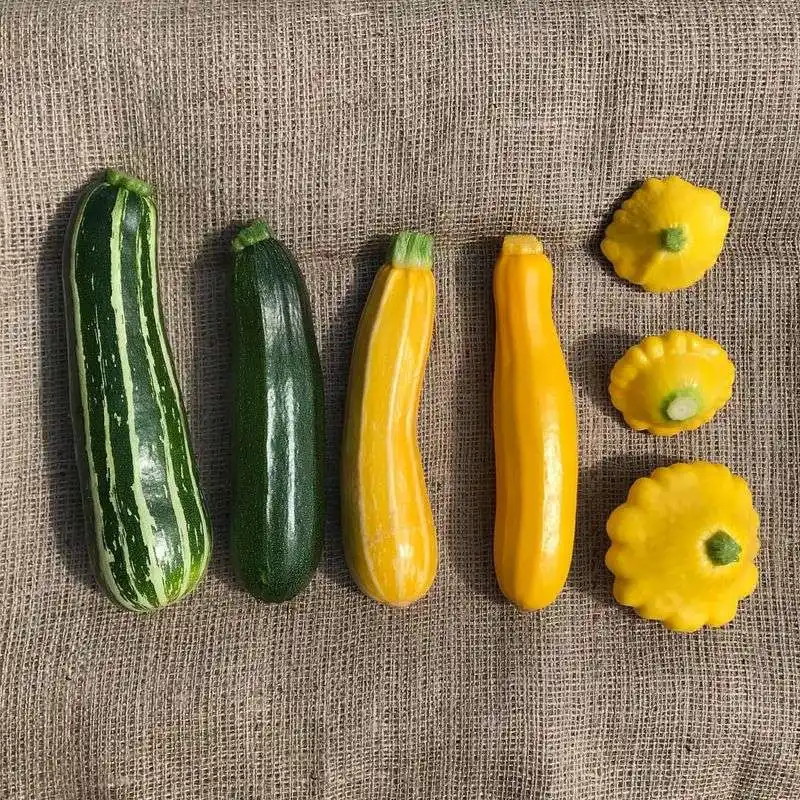
Zucchini is a gardener’s delight. Its robust nature allows it to grow with minimal intervention. Even if you forget to water it occasionally, zucchini will still reward you with an abundance of fruit.
This vegetable is known for its rapid growth and plentiful yield, making it a favorite among busy gardeners. Its adaptability to various soil types and resistance to pests add to its appeal. Zucchini’s vibrant yellow flowers are not just beautiful but edible, adding a splash of color to salads.
A fun fact: Zucchini was first cultivated in Italy in the 19th century!
Carrots
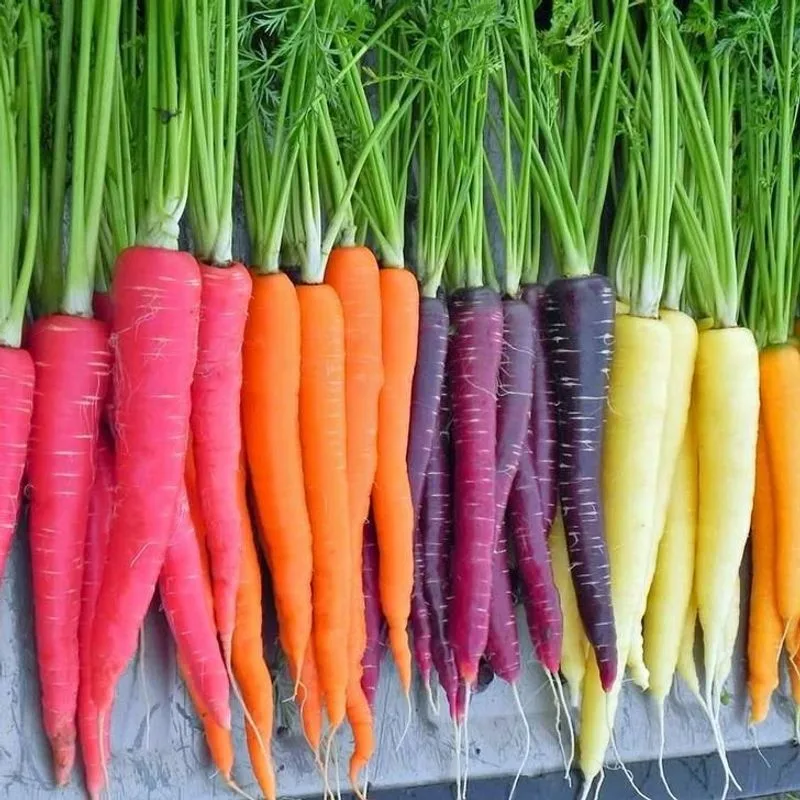
Carrots are like the introverts of the vegetable world. They thrive underground, away from the spotlight, requiring only occasional checks.
Their sweetness is developed over time, even without constant attention, making them a perfect choice for a low-maintenance garden. Carrots prefer loose, sandy soil, and their roots grow best with minimal disturbance. Harvesting them is like unearthing hidden treasures.
Did you know? The first cultivated carrots were purple, originating from Afghanistan over a thousand years ago.
Potatoes
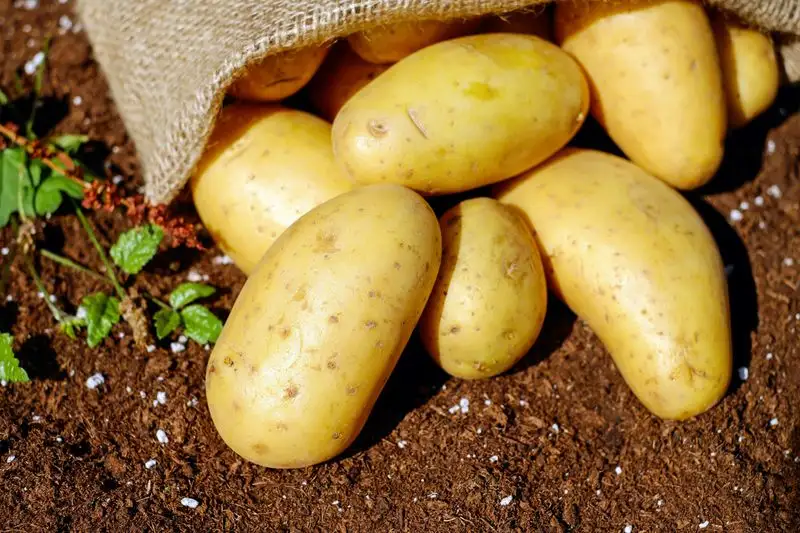
Potatoes are the reliable backbone of many gardens. They thrive under the soil, requiring little more than good drainage and the occasional watering.
Their resilience makes them ideal for gardeners who might forget a watering session or two. Potatoes are versatile and nutritious, providing a hearty addition to any meal. Planting them in loose, well-drained soil enhances their growth.
Interestingly, the potato was domesticated in Peru some 7,000 years ago and has been a staple crop ever since.
Radishes
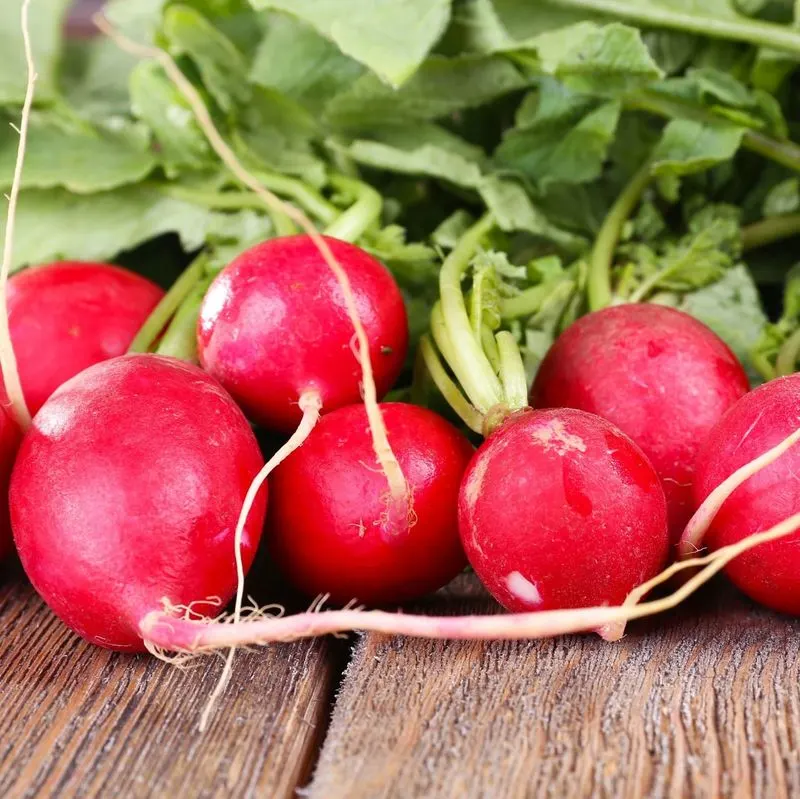
Radishes are the sprinters of the vegetable patch. They grow quickly and require minimal fuss, often ready to harvest in just a few weeks.
These vibrant root vegetables add a spicy crunch to salads and are perfect for novice gardeners. Radishes thrive in well-drained soil and can be sown multiple times in a season.
Fun fact: Radishes were so valued in ancient Egypt that they were offered as wages to the laborers who built the pyramids!
Kale

Kale is the resilient all-star of leafy greens. Its robust nature allows it to thrive in various climates with minimal care.
Even if neglected, kale’s deep green leaves continue to grow, rich in vitamins and nutrients. It’s a hardy plant that can withstand frost, making it a great choice for colder climates. Kale’s versatility in cooking, from salads to soups, makes it a favorite.
Did you know? Kale has been cultivated for over 2,000 years, starting in the eastern Mediterranean region.
Beets
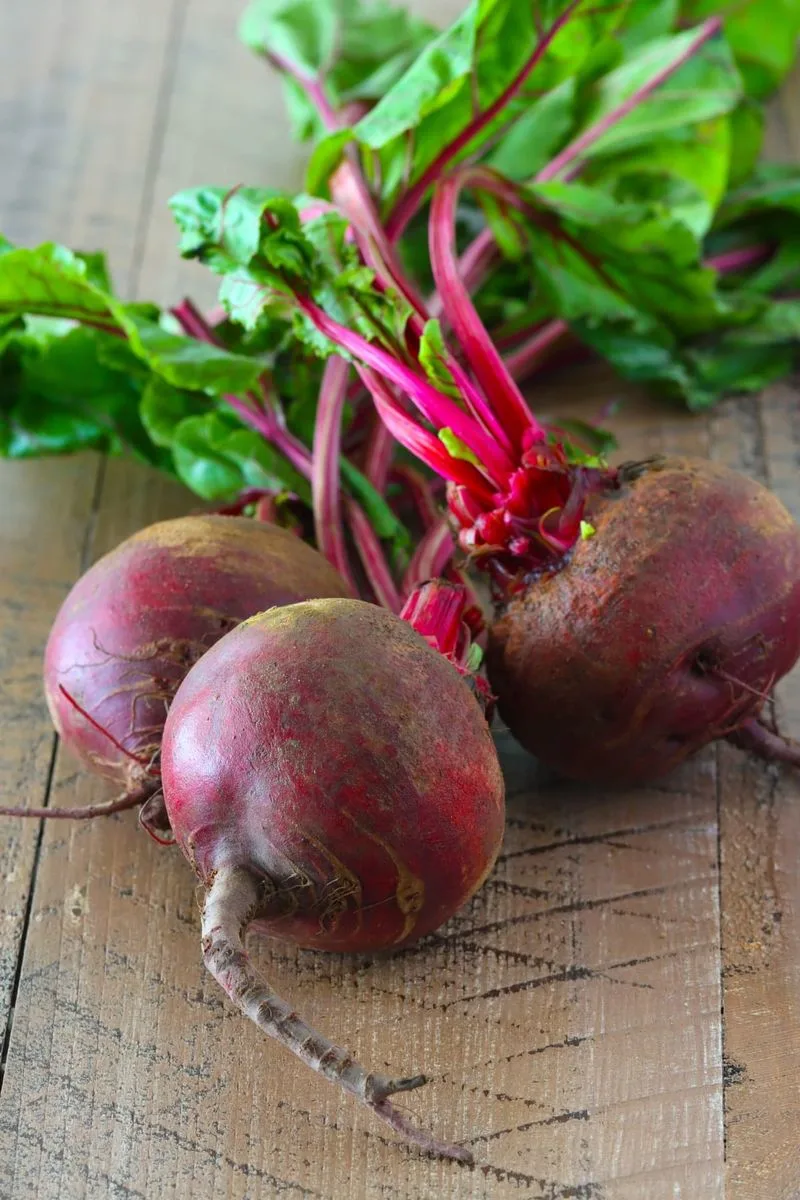
Beets are the underrated warriors of the vegetable world. Their ability to grow in less-than-ideal conditions makes them a favorite among busy gardeners.
Beets require little attention, and their roots are packed with nutrients. They’re versatile in cooking, from roasting to pickling, offering both greens and roots for consumption. Beets prefer cooler temperatures and can be planted in early spring or fall.
Interestingly, beets have been used since ancient times, with both the root and leaves being consumed by different cultures.
Squash
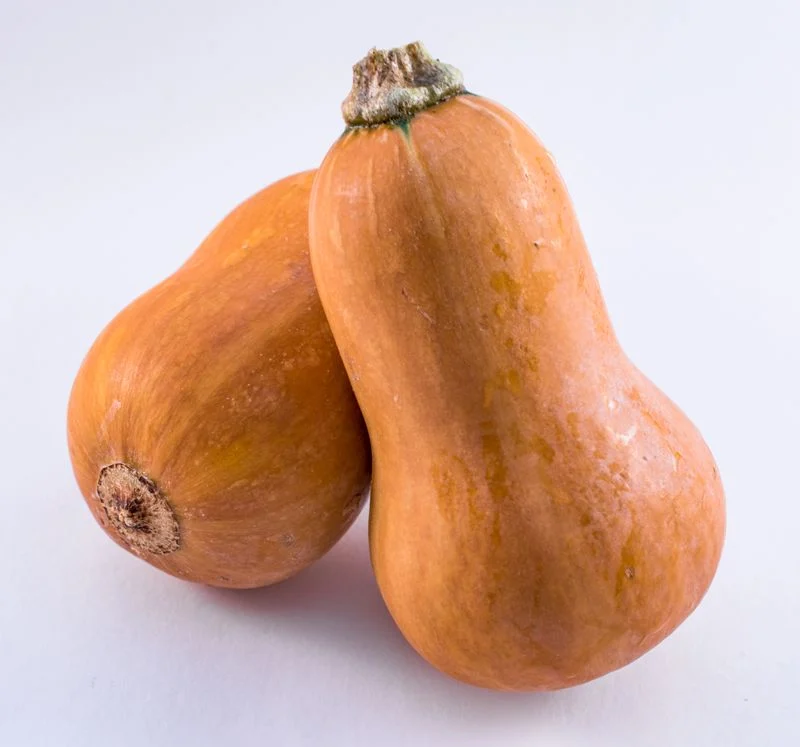
Squash is the gentle giant of the garden. Its sprawling vines and large leaves create a lush, green carpet with minimal care.
Squash plants are highly productive and can thrive with only occasional watering. They prefer sunny spots and well-drained soil, with fruits that grow quickly and effortlessly. Squash comes in various varieties, each adding its unique flavor to dishes.
Fun fact: Squash was one of the ‘Three Sisters’ in Native American agriculture, grown alongside beans and corn for mutual benefit.
Swiss Chard
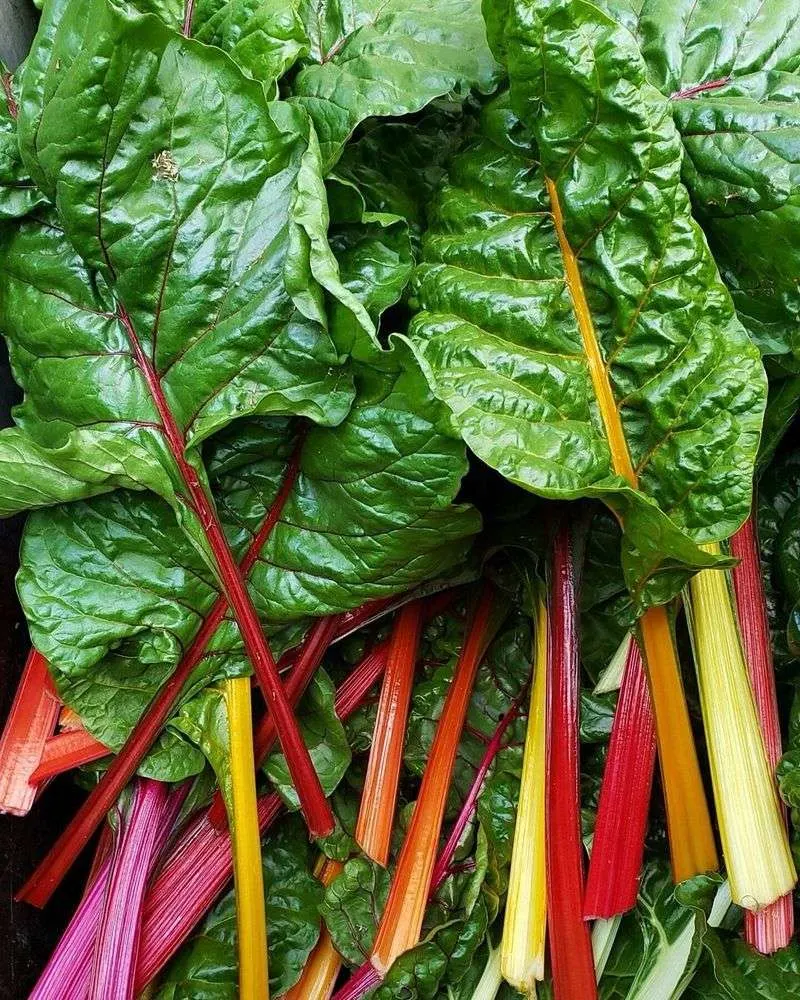
Swiss Chard is the artist’s palette of the vegetable garden. Its colorful stems and lush leaves make it both ornamental and nutritious.
Chard thrives with minimal attention and can grow in various soils and climates. It’s a versatile green, perfect for salads, sautés, and even as a spinach substitute. The plant’s resilience to pests and ability to regenerate after harvesting make it a gardener’s favorite.
Did you know? Swiss chard is not actually Swiss; it was named by a Swiss botanist who discovered it in the Mediterranean.
Garlic
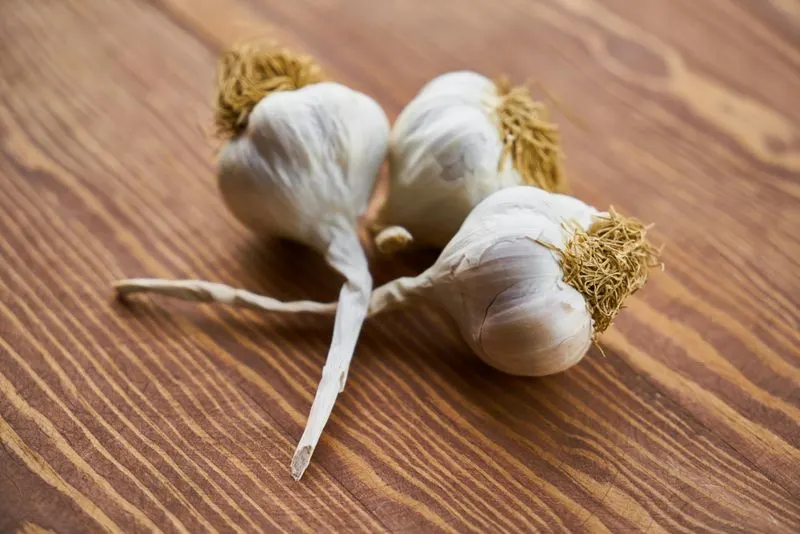
Garlic is the silent helper of the garden. Its underground growth and resilience to neglect make it a staple for low-maintenance gardening.
Once planted, garlic requires minimal attention, thriving in well-drained soil with occasional watering. Its pungent flavor enhances countless dishes, and its natural pest-repelling properties benefit surrounding plants. Garlic’s long growing season culminates in a rewarding harvest.
Interestingly, garlic has been used for thousands of years, both as a culinary ingredient and for its medicinal properties, dating back to ancient civilizations.
Tomatoes
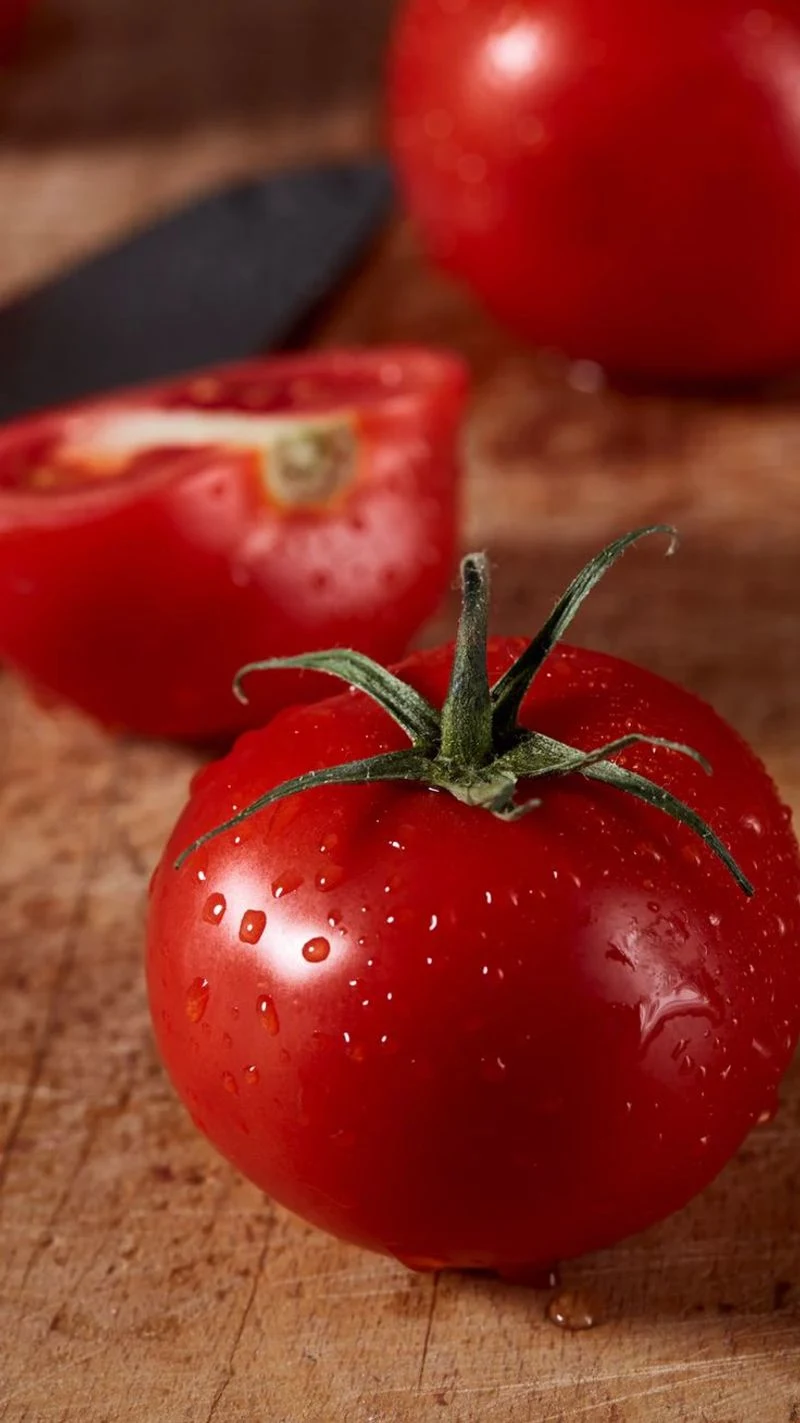
Tomatoes are the divas of the vegetable world. They demand regular attention, from watering to staking, but the reward is worth the effort.
Their juicy, flavorful fruits are the pride of any garden. Tomatoes require consistent care, including regular watering, pruning, and protection from pests. They thrive in sunny spots and need nutrient-rich soil to flourish.
Fun fact: Tomatoes were once considered poisonous in Europe and were grown as ornamental plants!
Peppers
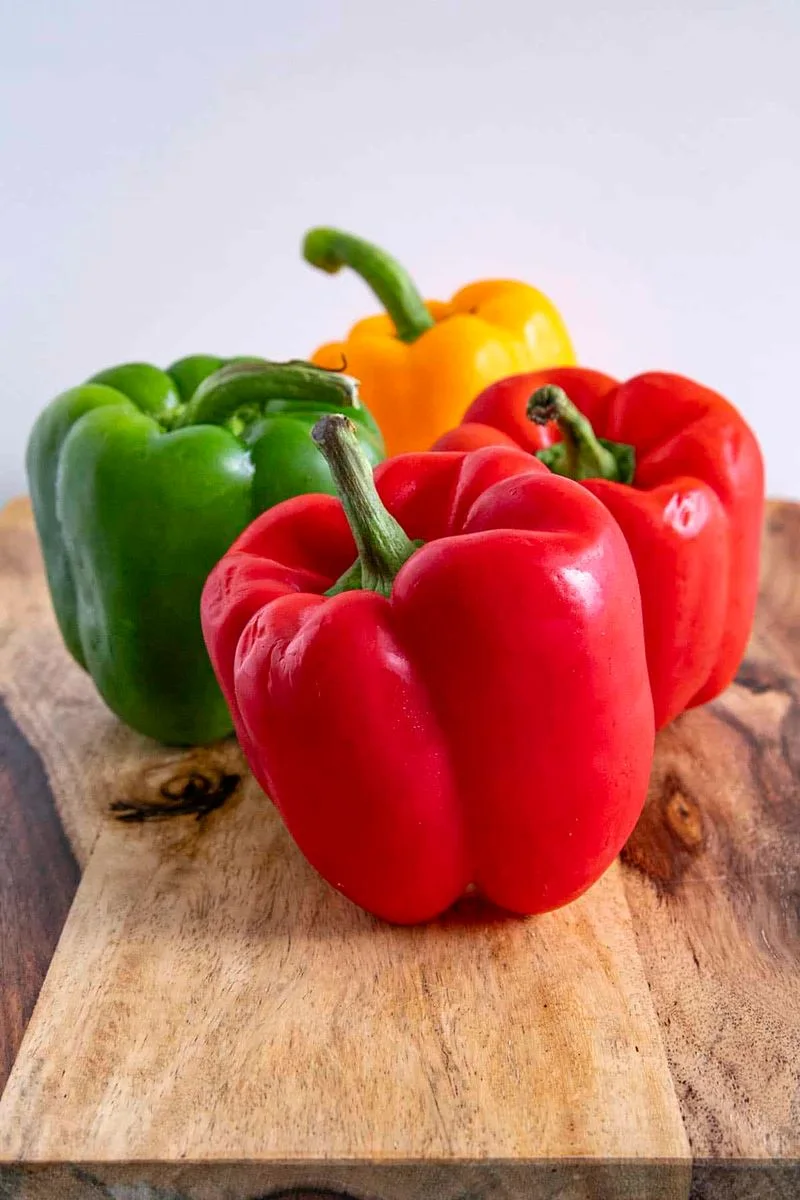
Peppers are the social butterflies of the garden, needing regular care to showcase their vibrant colors and spicy flavors.
These plants require consistent watering and a lot of sunlight to produce their best. They thrive in warm climates and need fertile soil to yield a bountiful harvest. Peppers come in various varieties, each with its unique taste and heat level.
Did you know? Peppers are native to Central and South America and have been cultivated for thousands of years.
Lettuce
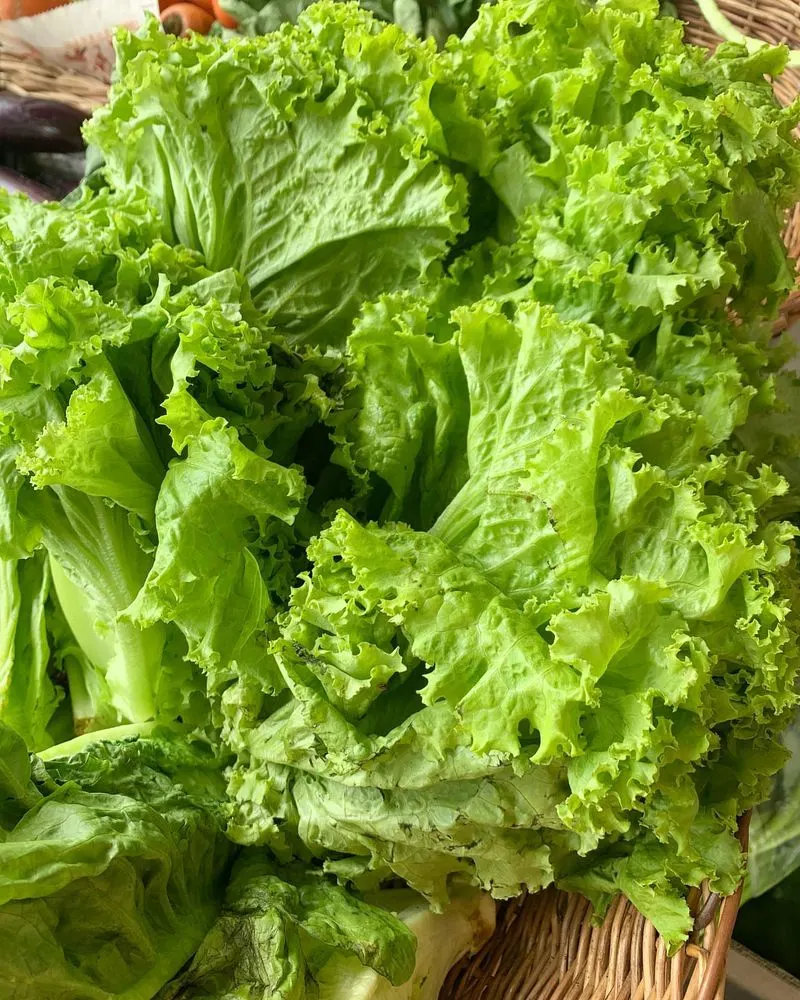
Lettuce is the delicate princess of leafy greens, requiring consistent attention for crisp, fresh leaves.
It thrives in cooler weather and needs regular watering and nutrient-rich soil. Lettuce is a staple in salads and sandwiches, adding a refreshing crunch. Protecting it from pests and heat ensures a productive harvest.
A quirky fact: Ancient Egyptians believed lettuce to be a symbol of fertility and offered it to their gods!
Cucumbers
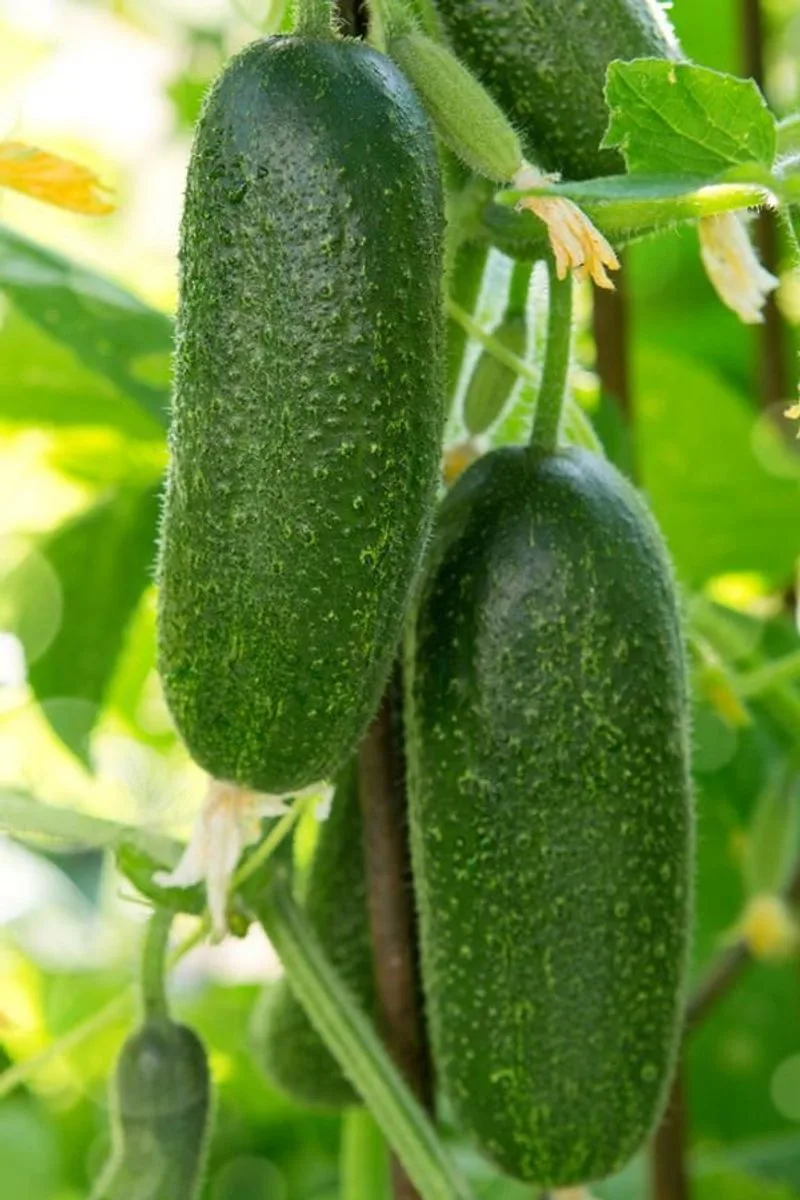
Cucumbers are the thirstiest members of the vegetable family, craving regular watering and attention.
Their vines need support and their fruits require consistent moisture to develop crisp and juicy. Cucumbers thrive in sunny positions and rich soil. They add a refreshing taste to salads and pickles.
Did you know? Cucumbers were first cultivated in India over 3,000 years ago, and they have been a refreshing favorite ever since.
Cauliflower
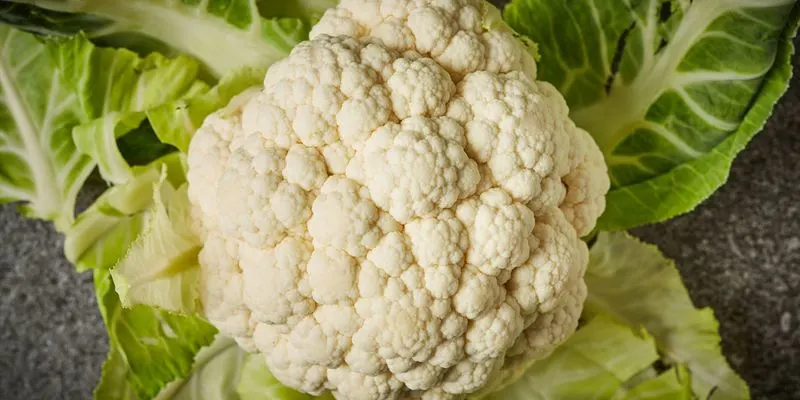
Cauliflower is the demanding diva of the cruciferous family, needing regular care to produce its signature white head.
It requires consistent watering and nutrient-rich soil. Protecting it from pests and temperature extremes ensures a successful harvest. The creamy texture of cauliflower makes it a versatile ingredient in various dishes.
Fun fact: Cauliflower was first grown in the Mediterranean, and its name means ‘cabbage flower.’
Broccoli
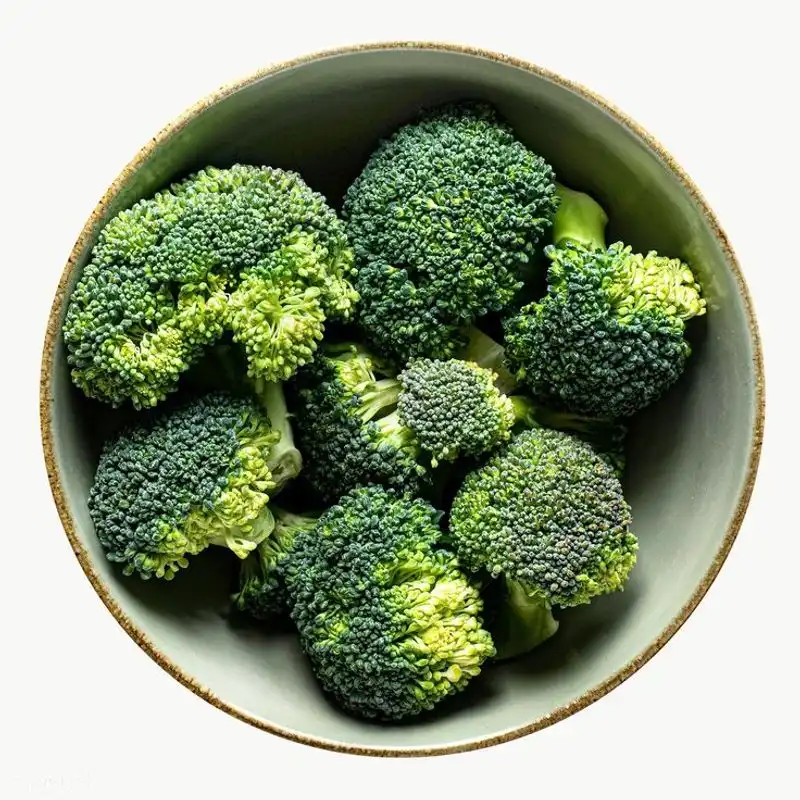
Broccoli is the health-conscious member of the garden, requiring regular attention to reach its full potential.
It needs consistent watering, rich soil, and protection from pests. Broccoli’s dense, nutritious heads are a favorite in healthy diets. It thrives in cooler weather and can be harvested multiple times in a season.
Did you know? Broccoli was first cultivated in Italy, and its name comes from the Italian word ‘broccolo,’ meaning ‘flowering crest of a cabbage.’
Spinach
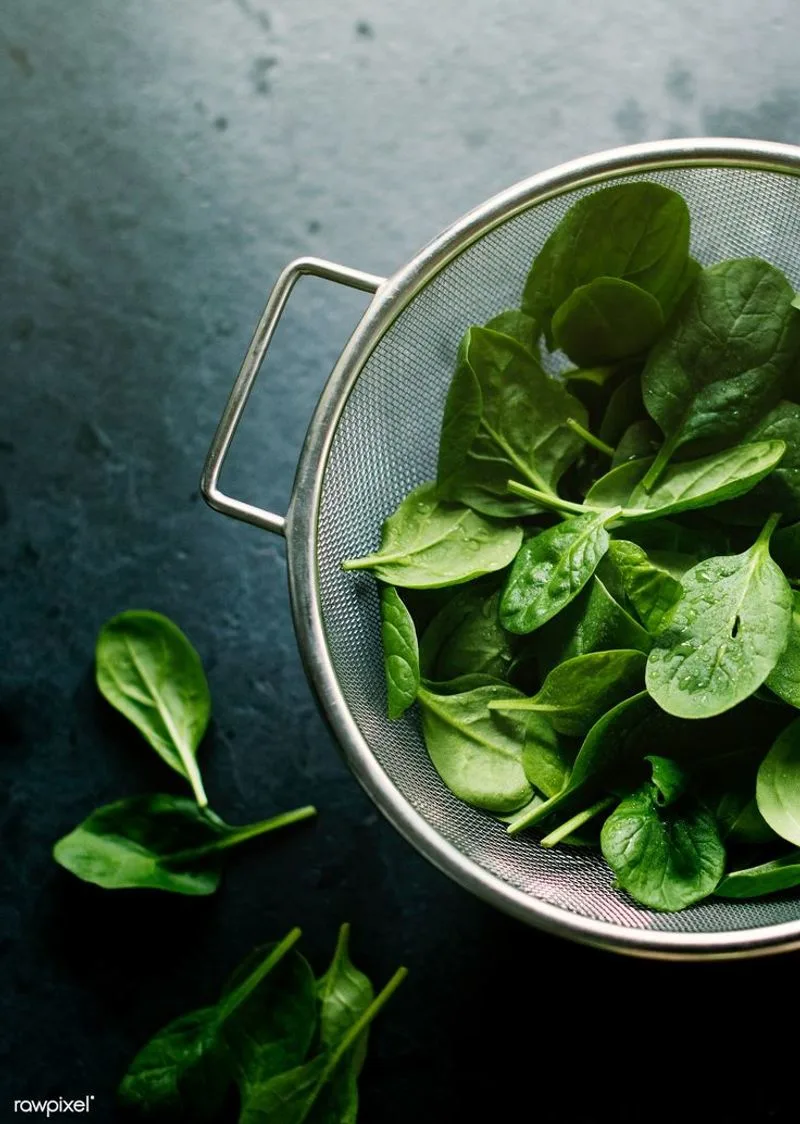
Spinach is the delicate green that demands attention for its tender leaves.
It thrives in cooler climates and needs regular watering and rich soil to grow. Spinach is a powerhouse of nutrients, adding vitality to meals. Protecting it from pests and heat is crucial for a successful harvest.
A historical tidbit: Spinach was introduced to China from Nepal over 1,500 years ago, and it has been a favored green ever since.

